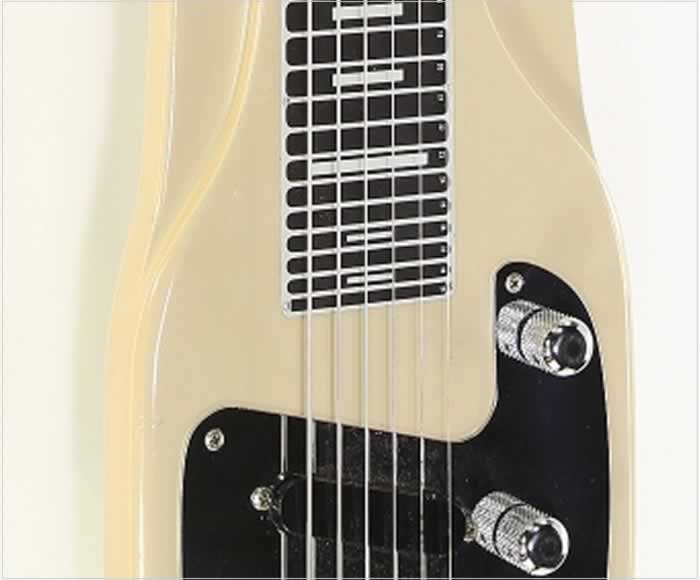
By 1952, this invention revolutionized how the instrument was played, in many ways making it virtually a new instrument, known as a " pedal steel". The problem was addressed in 1940 by adding pedals to the lap steel to change the pitch of certain strings easily, making more complex chords available on the same neck. Although in the early 1940s, elite players recorded and performed with these multi-neck guitars, most musicians could not afford them. The performer's hands could move to a different neck at will. An early solution was to build lap steel guitars with two or more necks, each providing a separate set of differently-tuned strings on a single instrument. This abstraction illustrates one of the instrument's major limitations: its constraint to a single chord that is not changeable during a performance without re-tuning the instrument. Lap steel pioneers include Sol Hoopii, Bob Dunn, Jerry Byrd, Don Helms, Bud Isaacs, Leon McAuliffe, Josh Graves, Pete Kirby, and Darick Campbell.Ĭonceptually, a lap steel guitar may be likened to playing a guitar with one finger (the bar).

In the early twentieth century Hawaiian music and the steel guitar began to meld into other musical styles, including blues, jazz, gospel, country music and, particularly, the country music sub-genres Western swing, honky-tonk, and bluegrass. It meant that the instrument could be heard equally with other instruments, that it no longer needed a resonance chamber to produce its sound, and that electrified lap steels could be manufactured in any shape (even a rectangular block), with little or no resemblance to a traditional guitar. In the 1930s, the invention of electric amplification for the lap steel was a milestone in its evolution. Hawaiian music began its assimilation into American popular music in the 1910s, but with English lyrics a combination Hawaiians called hapa haole (half-white). Americans were curious about the lap steel instrument featured in its performance, and came to refer to it as a "Hawaiian guitar", and the horizontal playing position as "Hawaiian style". American popular culture became fascinated with Hawaiian music during the first half of the twentieth century – to the degree of becoming a musical fad.

The instrument's distinctive portamento sound, characterized by a smooth gliding between notes, became popular throughout the islands.

It originated in the Hawaiian Islands about 1885, popularized by an Oahu youth named Joseph Kekuku, who became known for playing a traditional guitar by laying it across his lap and sliding a piece of metal against the strings to change the pitch.

The steel guitar was the first "foreign" musical instrument to gain a foothold in American pop music. Lap steels may differ markedly from one another in external appearance, depending on whether they are acoustic or electric, but in either case, do not have pedals, distinguishing them from pedal steel guitar. Though the instrument does not have frets, it displays markers that resemble them. Unlike the usual manner of playing a traditional acoustic guitar, in which the performer's fingertips press the strings against frets, the pitch of a steel guitar is changed by pressing a polished steel bar against plucked strings (from which the name "steel guitar" derives). The lap steel guitar, also known as a Hawaiian guitar, is a type of steel guitar without pedals that is typically played with the instrument in a horizontal position across the performer's lap. Hawaiian guitar, lap steel, console steel, kīkākila, Dobro Fender "Champion" electric lap steel guitar


 0 kommentar(er)
0 kommentar(er)
